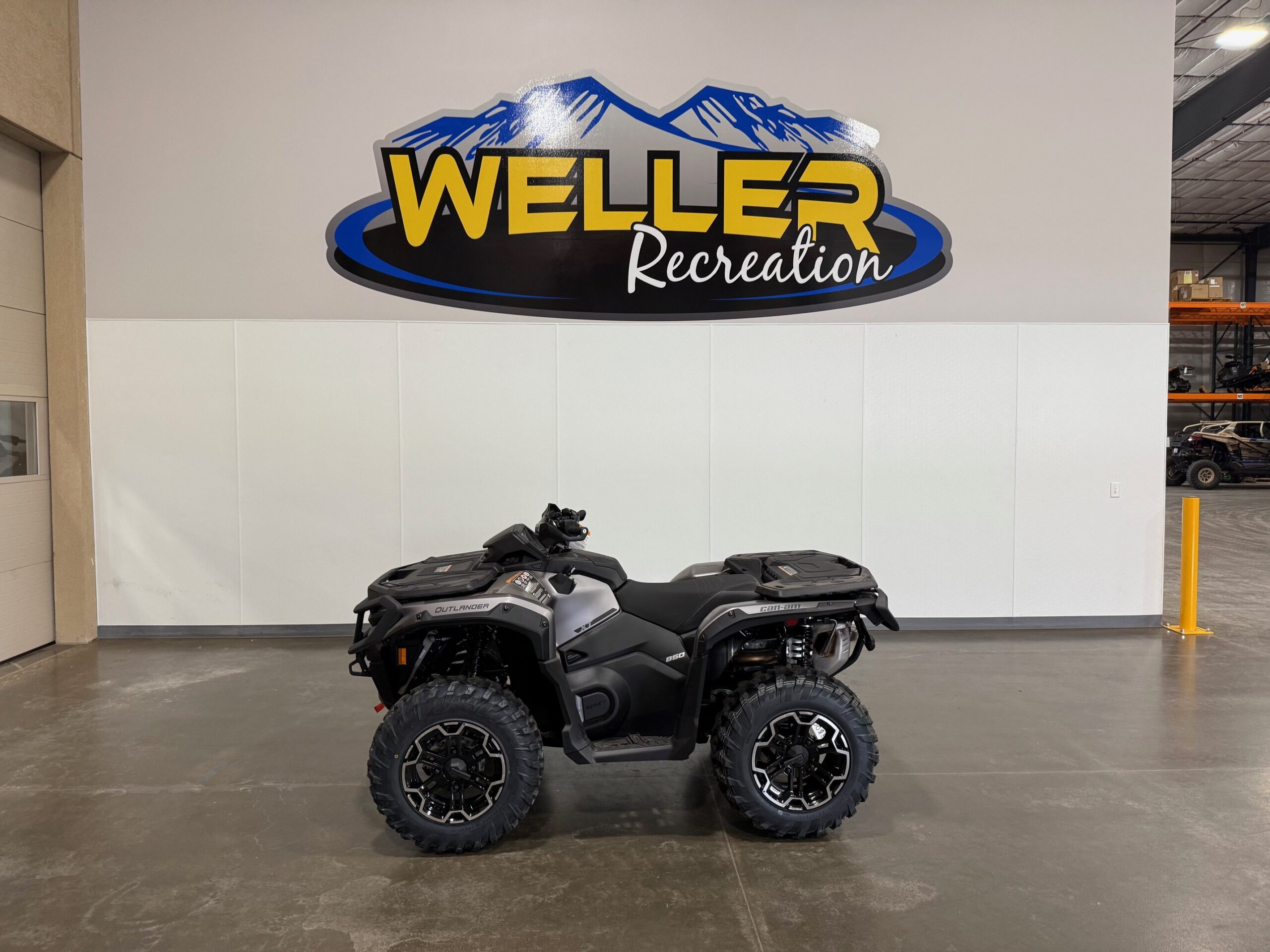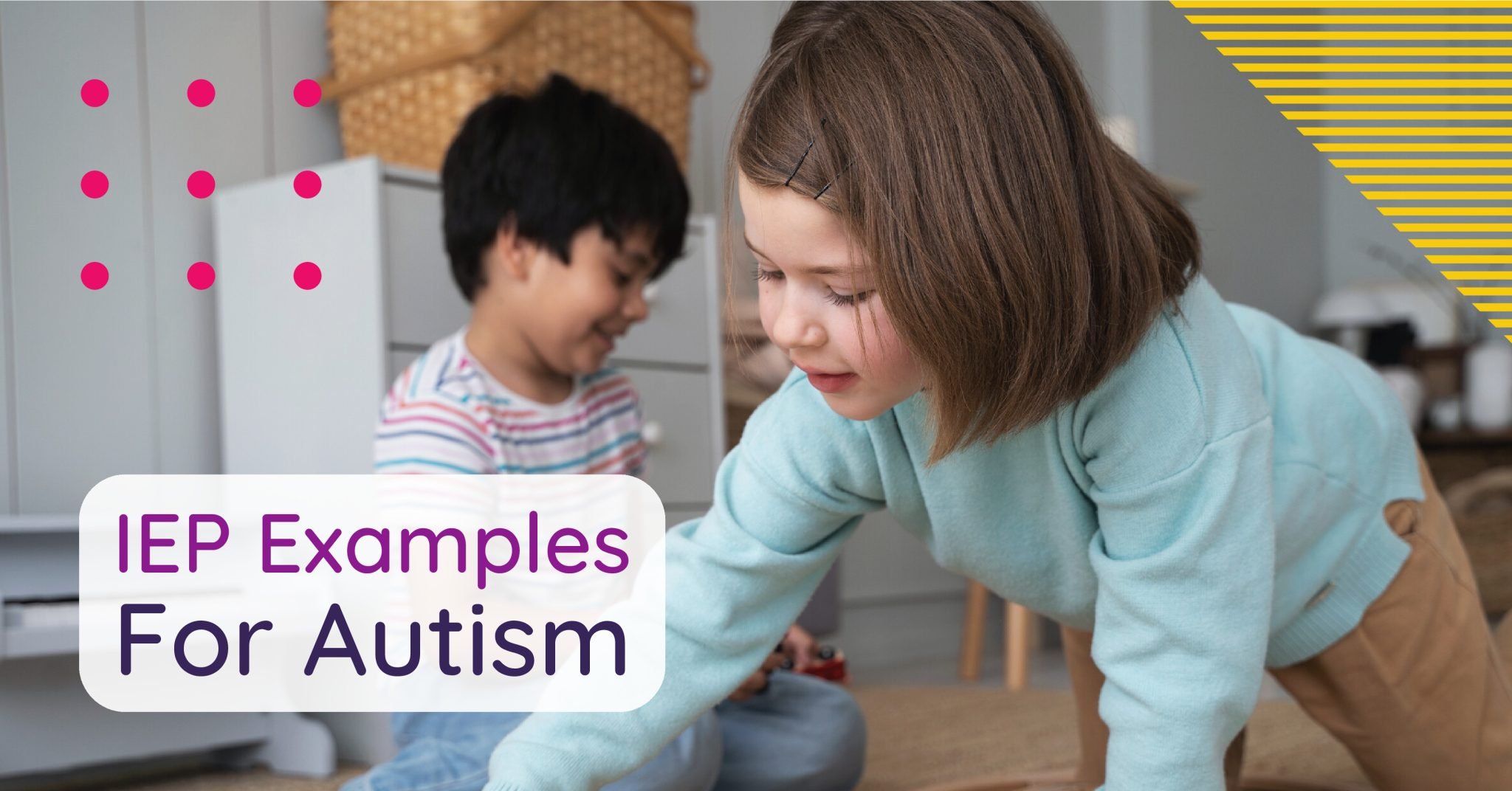Exploring College Athletics: Can You Play Two Sports?
Introduction
Many student-athletes wonder if it’s possible to play two sports in college and, if so, how to approach the opportunity. While the allure of following in the footsteps of legends like Deion Sanders and Bo Jackson is strong, the reality for most students is nuanced and requires careful consideration. This article explores the practicalities, benefits, challenges, and actionable steps for students aiming to become multisport athletes at the collegiate level.

Source: dreamstime.com
Are You Allowed to Play Two Sports in College?
The
short answer is yes
: collegiate athletic associations such as the NCAA, NJCAA, and NAIA do not prohibit students from participating in more than one sport at the same school. However, it is generally
impractical to play two sports during the same season
due to scheduling conflicts and physical demands. Regulations may also differ depending on the school and athletic conference, so students must verify the policies specific to their institution
[1]
.
Benefits of Being a Multisport College Athlete
Playing two sports at the college level offers several noteworthy advantages:
- Cross-Training : Competing in multiple sports encourages varied training, which can enhance overall athleticism, reduce overuse injuries, and build a stronger, more adaptable body [2] .
- Coachability : Exposure to different coaching styles fosters adaptability, resilience, and improved communication skills. Learning from multiple experts can accelerate personal and athletic growth [2] .
- Recruitment Opportunities : Excelling in two sports can boost your visibility to recruiters, offering more pathways for athletic scholarships and roster spots [2] .
- Pursuing Multiple Passions : For students who love two sports equally, college may provide the last realistic chance to pursue both before specializing or moving on to professional ambitions [2] .
- Mental Toughness : Juggling two sports builds mental resilience and time-management skills, which are valuable in athletics and beyond [3] .
Potential Challenges and Drawbacks
Despite the benefits, there are significant challenges to consider:
- Time Commitment : Training, practice, travel, and competition for two sports can overwhelm your schedule, leaving little time for academics, social life, or rest [2] .
- Physical Demands : Year-round training and competition increase the risk of injury and fatigue. A shorter off-season may mean less recovery time, heightening the risk of burnout [3] .
- Academic Pressure : Balancing two sports can strain your ability to maintain academic performance. Many colleges require athletes to uphold minimum GPA standards, so it’s crucial to manage your workload effectively [1] .
- Scheduling Conflicts : Overlapping seasons or practices may force athletes to prioritize one sport over the other or negotiate with coaches to accommodate both [1] .
Case Studies: Notable Multisport Athletes
Many elite athletes began their journey as multisport competitors. For example:

Source: juniorsilveira.com.br
- Jackie Robinson was a four-sport letterman at UCLA (baseball, basketball, football, and track) [4] .
- Bo Jackson and Deion Sanders famously played both professional football and baseball [5] .
- Robin Roberts pitched in MLB and played college basketball at Michigan State University [4] .
While these stories are exceptional, most multisport athletes eventually focus on one sport at the professional level. However, playing multiple sports in college can still set the stage for a successful athletic career and personal development.
How to Become a Multisport Athlete in College
To pursue two sports in college, follow these recommended steps:
- Research School Policies : Start by checking the athletic department’s guidelines at your chosen college. Speak with athletic advisors or compliance officers to confirm eligibility and understand specific requirements.
- Communicate with Coaches : Initiate conversations with coaches from both sports. Ask about practice schedules, expectations, and willingness to accommodate multisport participation. Some coaches are supportive; others may prefer athletes to focus solely on their sport.
- Evaluate Academic Demands : Assess your academic schedule and be realistic about your ability to maintain strong grades alongside two athletic commitments. Many schools offer academic support services for athletes; inquire about tutoring, study halls, and time management resources.
- Understand Scholarship Implications : Scholarships are usually sport-specific. If you receive aid for one sport, confirm with the financial aid office how playing a second sport could impact your funding. Some schools may offer additional merit-based or need-based scholarships [3] .
- Prepare for Rigorous Training : Develop a training plan that accounts for both sports’ demands. Consult athletic trainers for advice on injury prevention, nutrition, and recovery.
- Build a Support Network : Connect with other multisport athletes and seek mentorship. Their experiences can guide you through challenges and provide practical advice.
Alternative Approaches and Solutions
If playing two NCAA sports simultaneously proves unsustainable, consider these alternatives:
- Club Sports and Intramurals : Many colleges offer club or intramural teams that are less time-intensive than varsity athletics. Participating in these programs allows you to stay active in multiple sports without the same level of commitment or pressure.
- Off-Season Training : Focus on your primary sport during its season and train in your secondary sport during the off-season. This can help you maintain skills and fitness without the demands of dual competition.
- Academic-Year Planning : Work with your academic advisor to create a course schedule that accommodates both sports. Prioritize classes during off-peak athletic periods to balance commitments.
Step-by-Step Guidance for Prospective Multisport Athletes
For students interested in pursuing two sports in college, here is a practical roadmap:
- Begin by researching colleges with strong programs in both sports. Look for schools that have a history of supporting multisport athletes or feature flexible coaching staffs.
- Contact athletic departments directly to ask about their policies. Use official college websites to find the contact information for compliance officers and sport-specific coaches.
- Prepare application materials for both sports, including highlight reels, statistics, and references. Tailor your communications to each coaching staff.
- During campus visits, meet with both coaching staffs and tour facilities for each sport. Ask about academic support, training resources, and athlete wellness programs.
- Once accepted, work closely with academic and athletic advisors to build a schedule that accommodates both sports. Monitor your physical and mental health, and adjust commitments as needed.
If you encounter obstacles with scheduling or eligibility, seek guidance from the athletic compliance office or student-athlete support services. Remember, each school has unique policies and resources, so proactive communication is key.
Key Takeaways
Playing two sports in college is possible, but it requires careful planning, commitment, and open communication with coaches and academic advisors. Weigh the benefits of athletic growth and expanded opportunities against the challenges of time management, physical demands, and academic pressure. If you are passionate about multiple sports, college may be the ideal time to pursue both before specializing further. For more information or personalized guidance, consult your target college’s athletic department directly and review their official resources on student-athlete support.
References
- [1] North Central College (2021). Can You Play Two Sports in College?
- [2] NCSA (2025). A Recruiting Guide for Multisport Athletes.
- [3] FirstPoint USA (2023). Multi-Sport Athletes in US Colleges and Universities.
- [4] Wikipedia (2009). List of Multi-Sport Athletes.
- [5] NCAA (2016). A look back on recent multi-sport NCAA athletes.
MORE FROM searchhole.com













